BACK TO finale_winnerS
AYDA Designer of the Year
SILIH HUB
Bandung is one of the creative cities in Indonesia. This grows because the creative sector of Bandung is integrated with the social and economic sectors of its society. Not only that, in 2015 the Indonesian government registered Bandung to UNESCO as a Creative City of Design. If we look deeper, this can happen because of […]

Bandung is one of the creative cities in Indonesia. This grows because the creative sector of Bandung is integrated with the social and economic sectors of its society. Not only that, in 2015 the Indonesian government registered Bandung to UNESCO as a Creative City of Design. If we look deeper, this can happen because of the important role of Bandung youth. Bandung city youth hold many creative activities such as exhibitions, discussions, seminars, or other creative activities. In addition, the youth in Bandung are also actively involved in various activities, both communities and certain industries in the city of Bandung that are engaged in the creative field.
One of the largest creative industries in Bandung is the textile and fashion industry. This also makes Bandung often referred to as the "Paris van Java". Because of this fact, there are many textile and garment industries scattered throughout Bandung, both small-scale and large-scale.
From various areas in Bandung city, one of the areas that has an important role in the supply of garments in Bandung city is Kampung Lebak Siliwangi. Kampung Lebak Siliwangi is a densely populated area that grew due to the high urbanisation to this area. This was caused by the strategic location of Kampung Lebak Siliwangi, which attracted migrants to settle in the area.
Lebak Siliwangi itself has a fairly high number of garment entrepreneurs. But unfortunately, this number is directly proportional to the amount of textile waste produced. Other factors such as the lack of adequate textile waste processing facilities, the lack of creative approaches to waste management, and the small size of the industry, make it difficult for these textile actors to process the waste they produce. So many of them choose to dispose of them just anywhere, or even worse, throw them into the rivers located in Lebak Siliwangi.
Environmental damage, especially to rivers due to poor textile waste treatment, does not only occur in Lebak Siliwangi. There are also other rivers in various countries, especially Asian countries engaged in textiles, which have suffered damage and pollution due to inadequate textile waste treatment. Without realising it, it will have dire long-term effects such as clean water crisis, environmental damage, and other diseases arising from the consumption of polluted water.
Solution:
From these various problems, the solution that can be provided for the Lebak Siliwangi community is to provide a platform for textile industry actors in Lebak Siliwangi to be able to drive the industry together and collectively. Where previously they worked individually due to the pandemic, now they can work collectively. Not only that, this place will also involve various sectors not only the elderly, but also the youth who will later become stakeholders in their area, to contribute creatively to processing the textile waste. The role of youth is the one that finally connects the creative sector of textile waste processing with the economic sector and the social sector, as well as the ecological sector that will be maintained. All of these things will be provided in a place called Silih Hub.
Design Approach:
The creative approach can be done with various spatial approaches such as :
1. Adaptive Reuse Approach
The building where Silih Hub will be built, was previously an abandoned government building. Later the building will be renovated by the people of Lebak Siliwangi to be utilised as Silih Hub. In addition, this renovation process will increase the sense of community ownership of their public facilities.
2. Sustainable Material Usage
Many waste materials are scattered in the neighbourhood, where these materials are not used and instead become trash. Silih Hub tries to reuse these materials so that they will reduce waste in the Lebak Siliwangi area and form new habits for the community.
3. Textile Waste Processing
As one of the main points, textile waste generated from the garment industry in Silih Hub will be used as certain materials in buildings, such as partitions, storage, or skylights. In addition, the liquid textile waste will be reprocessed so that it can be utilised by residents for their needs
4. Low Energy Building
Silih Hub maximises the natural lighting and ventilation created by each material arrangement. This makes it less likely to use artificial energy.
Conclusion and Purpose
Essentially, Silih Hub tries to provide a place for textile industry actors in Lebak Siliwangi to be able to work together to create a collective drive to be able to create sustainability for their village. Moreover, the important goal of Silih Hub is not only to advance the garment sector in the area, but also to have a significant impact on the creative, economic, social, and most importantly ecological sectors of the Lebak Siliwangi community.




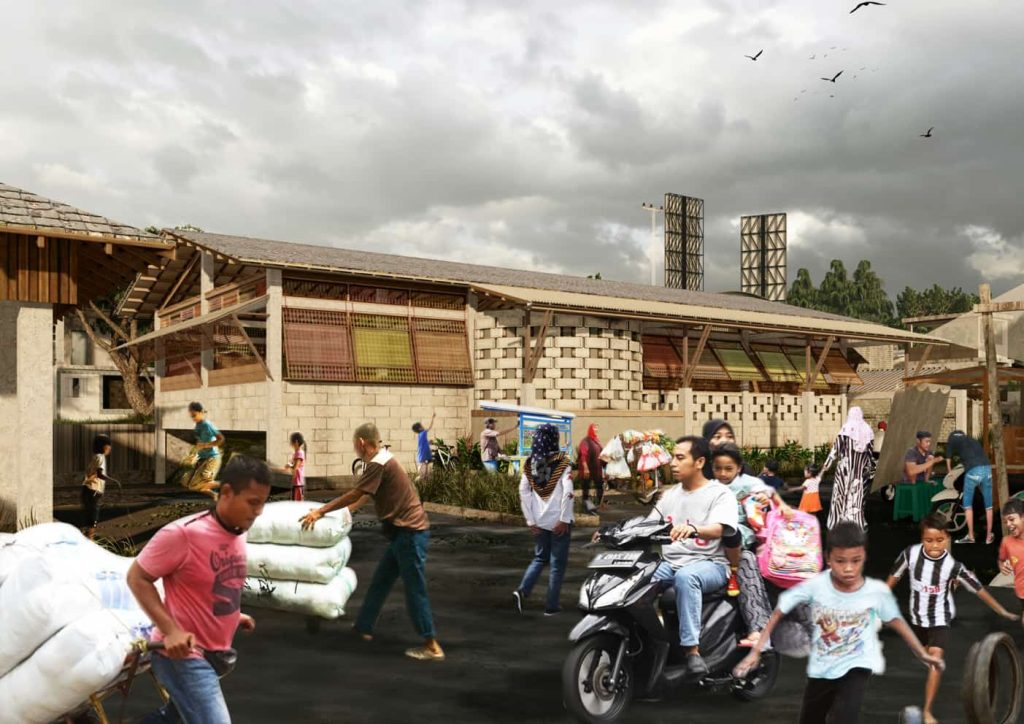
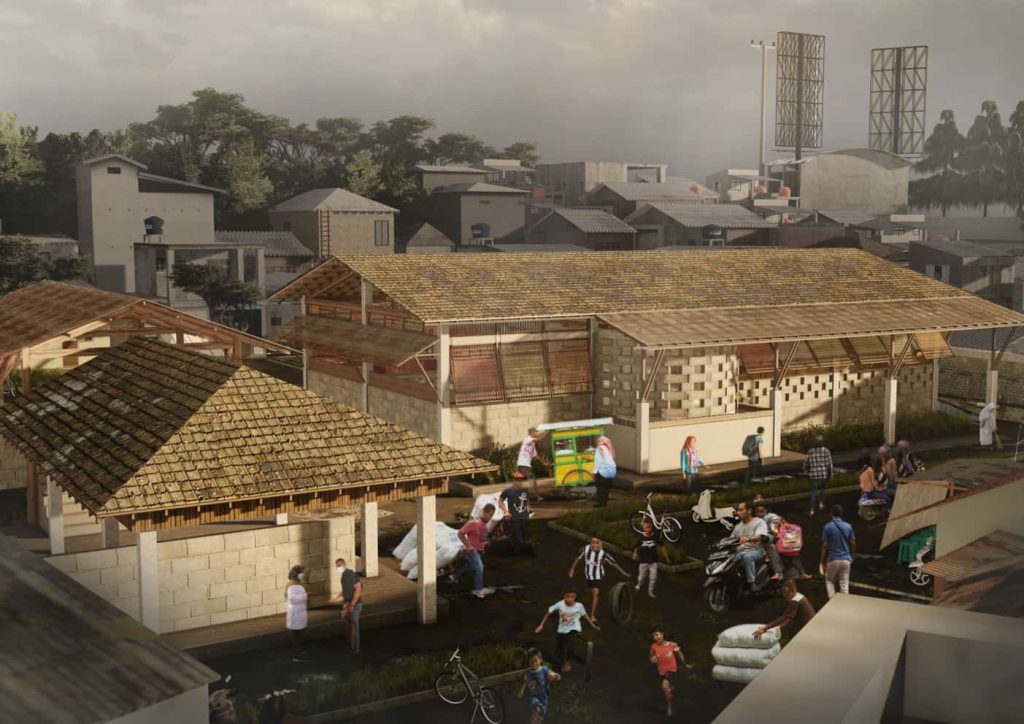

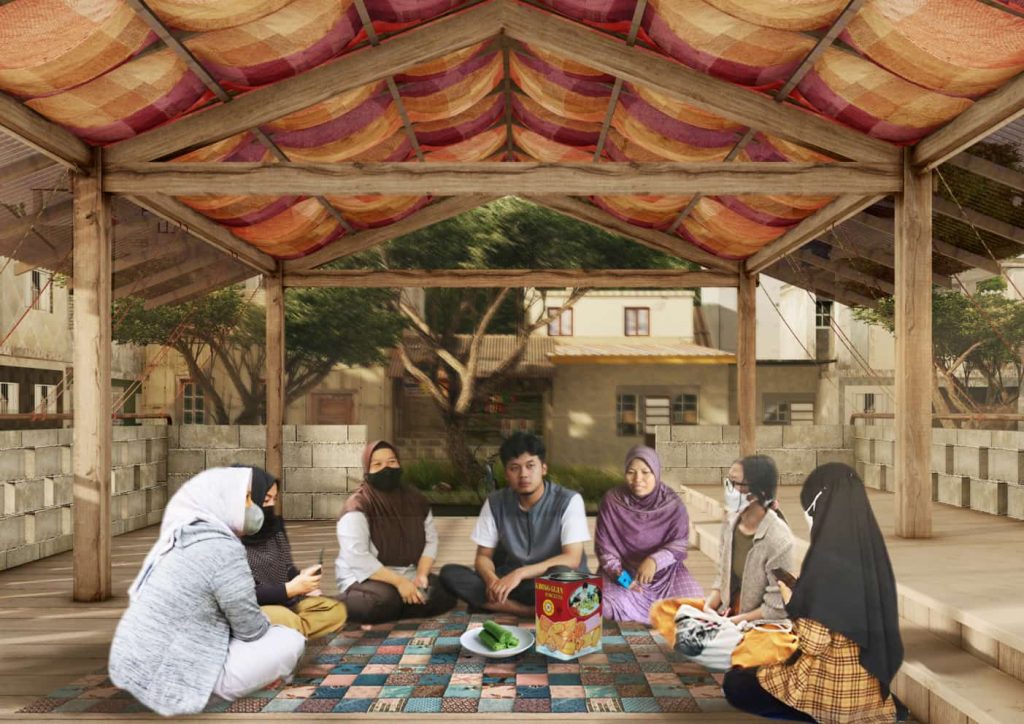

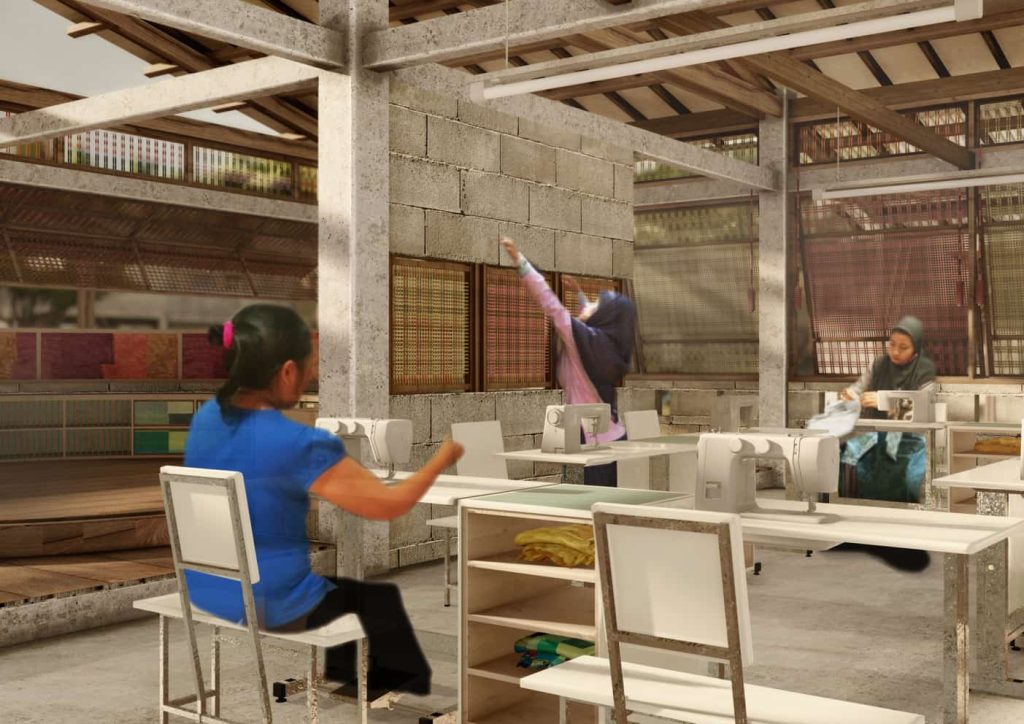
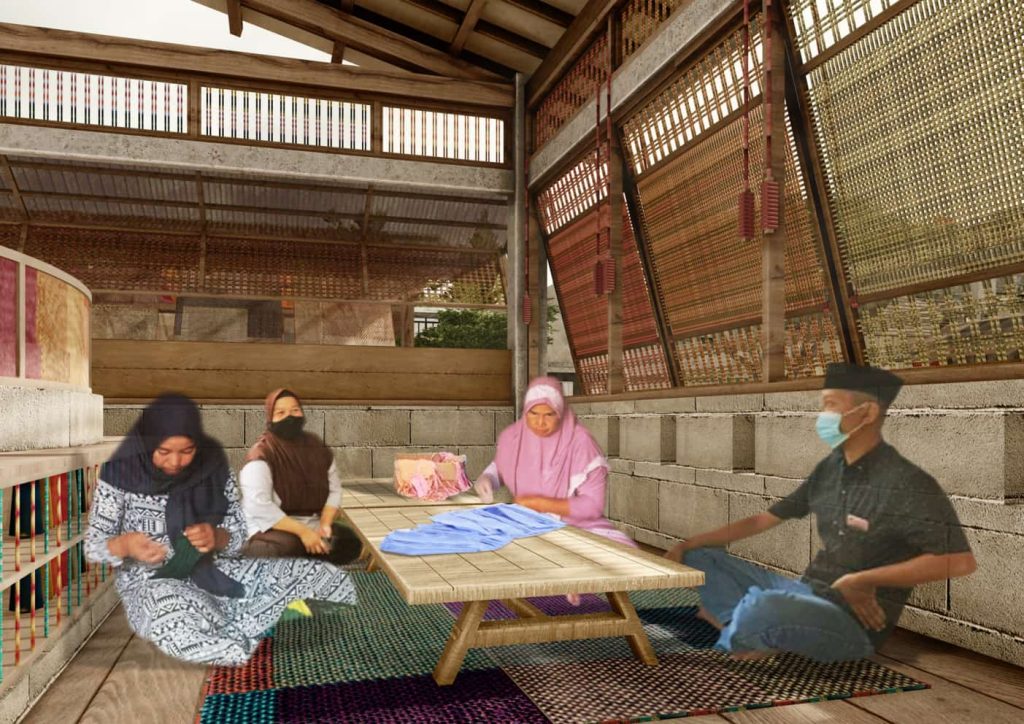
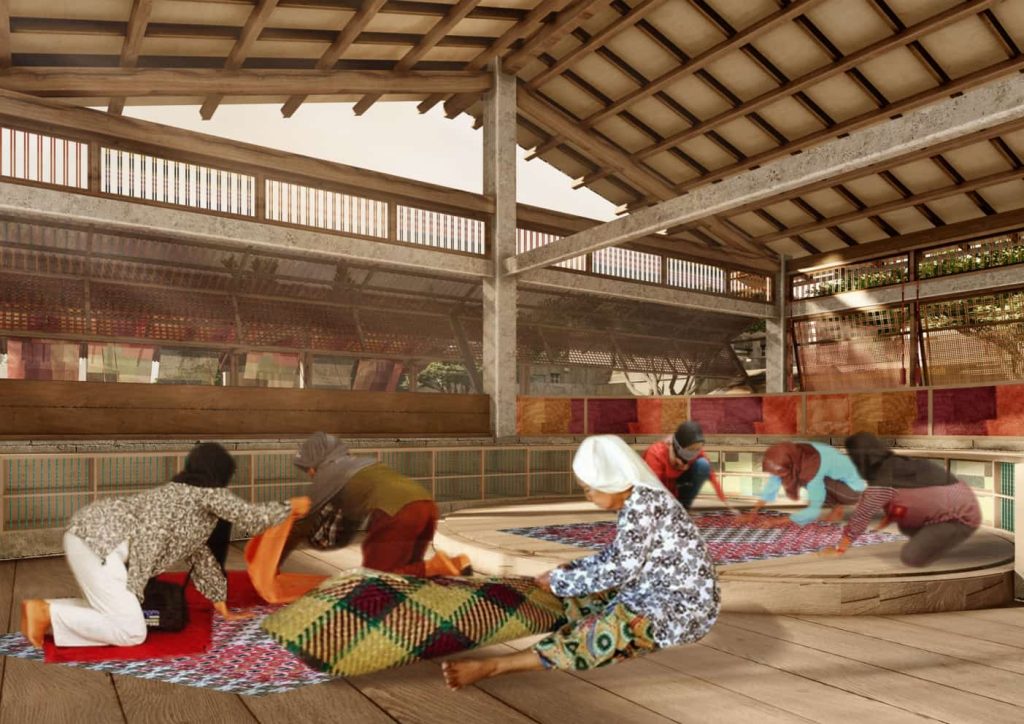
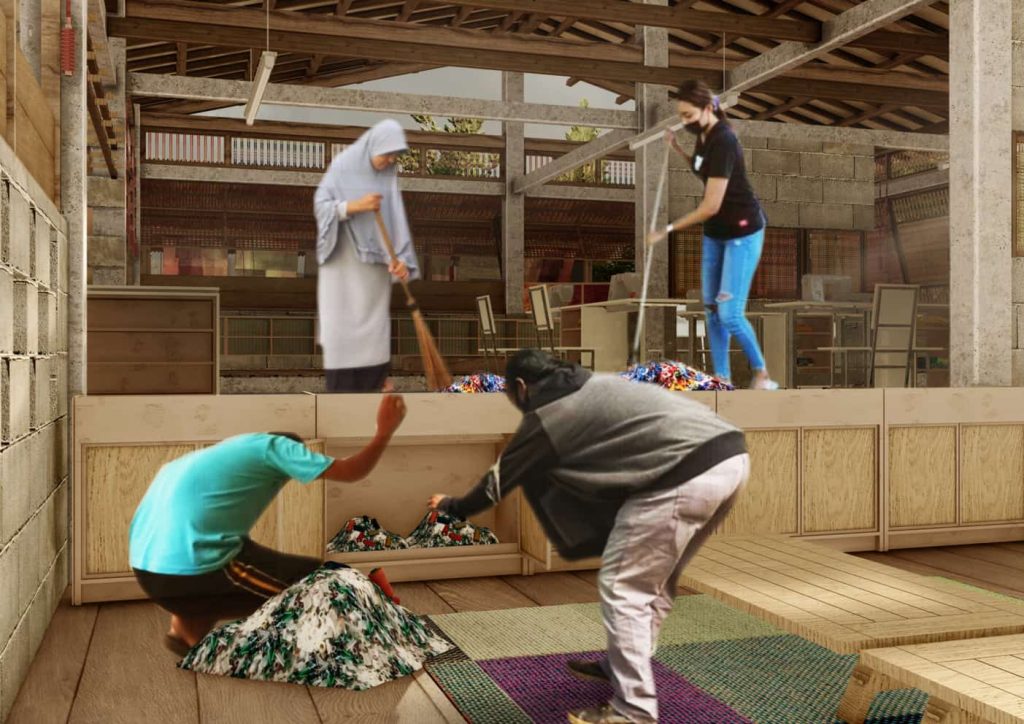
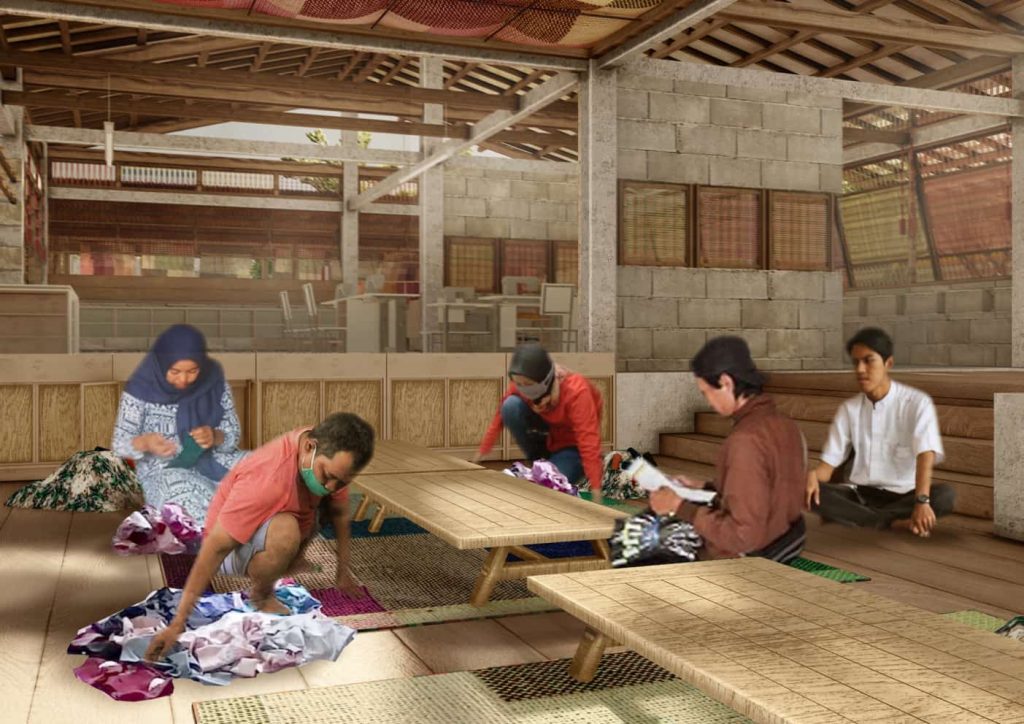

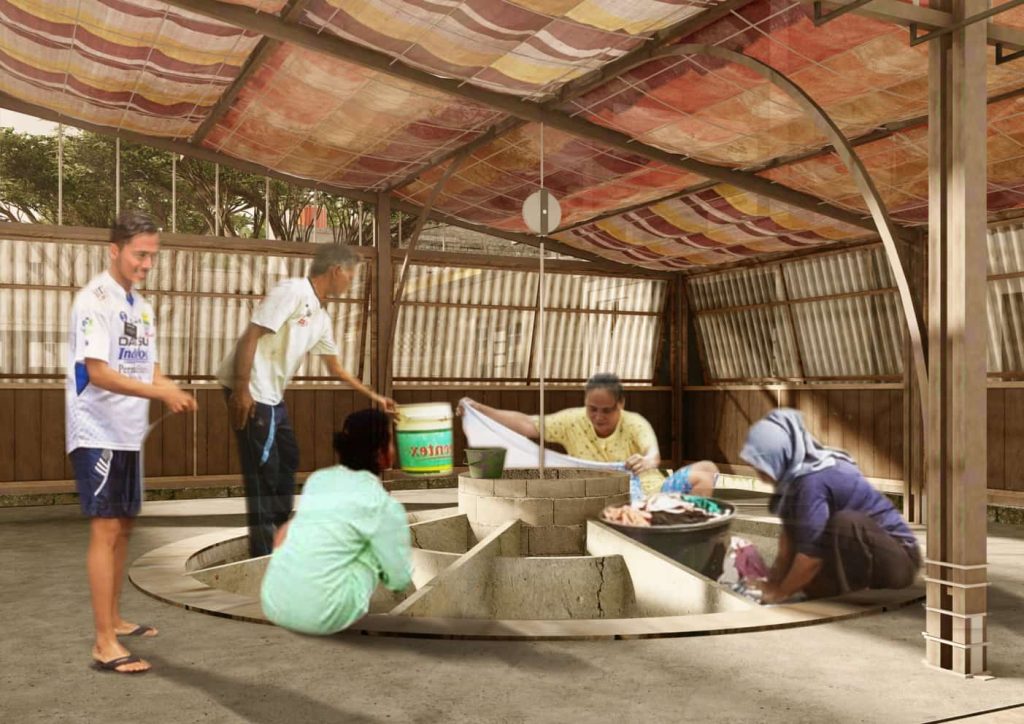
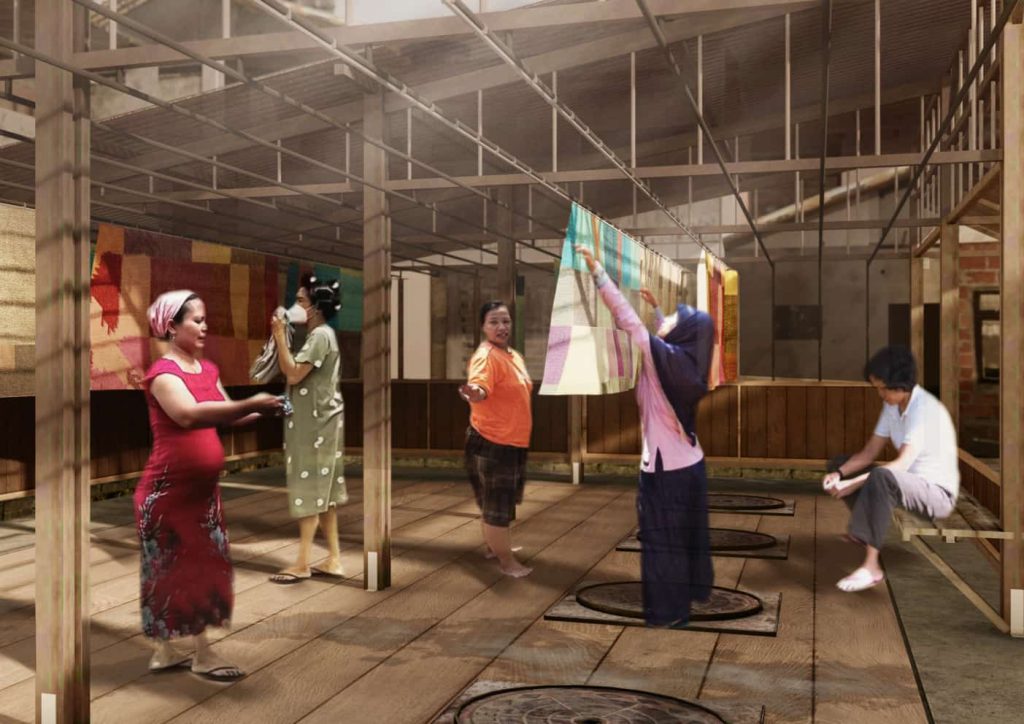
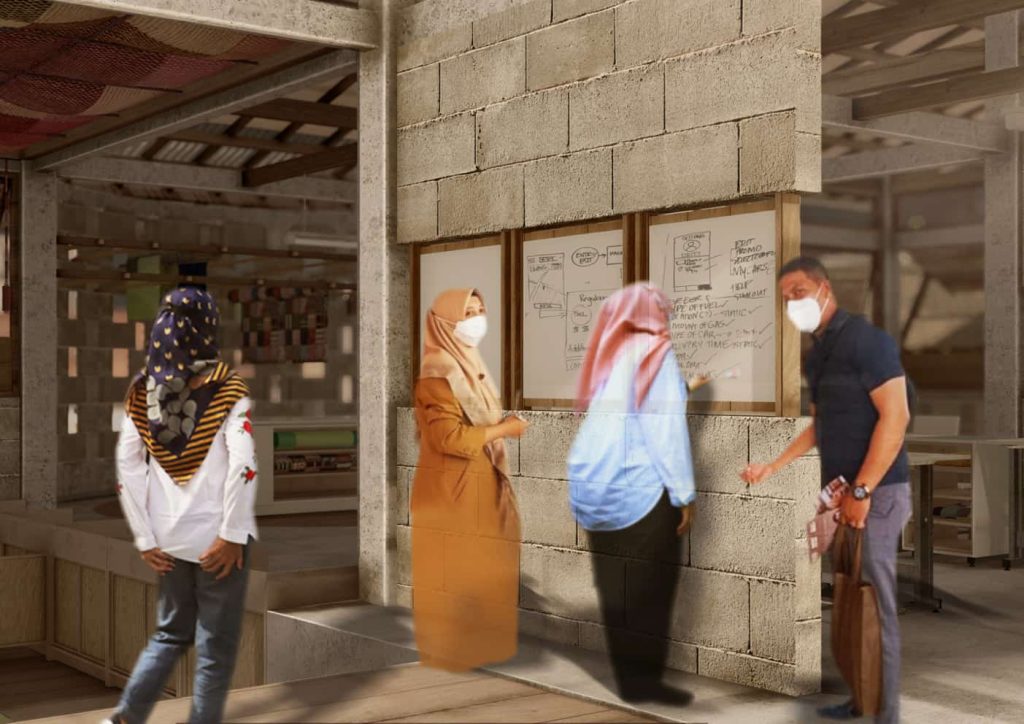


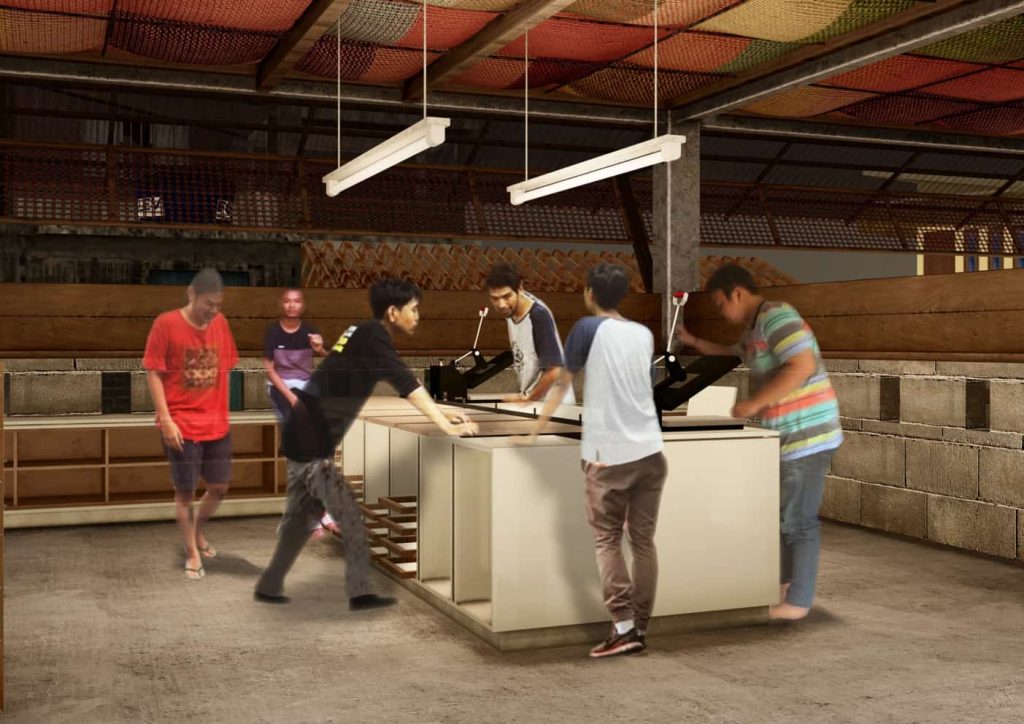

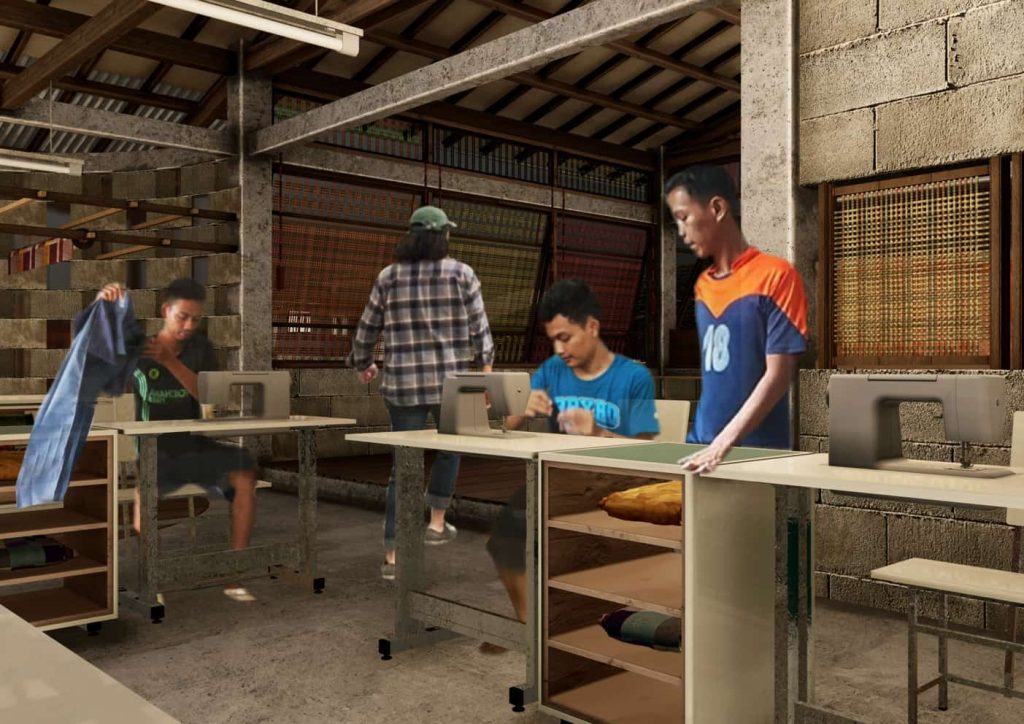
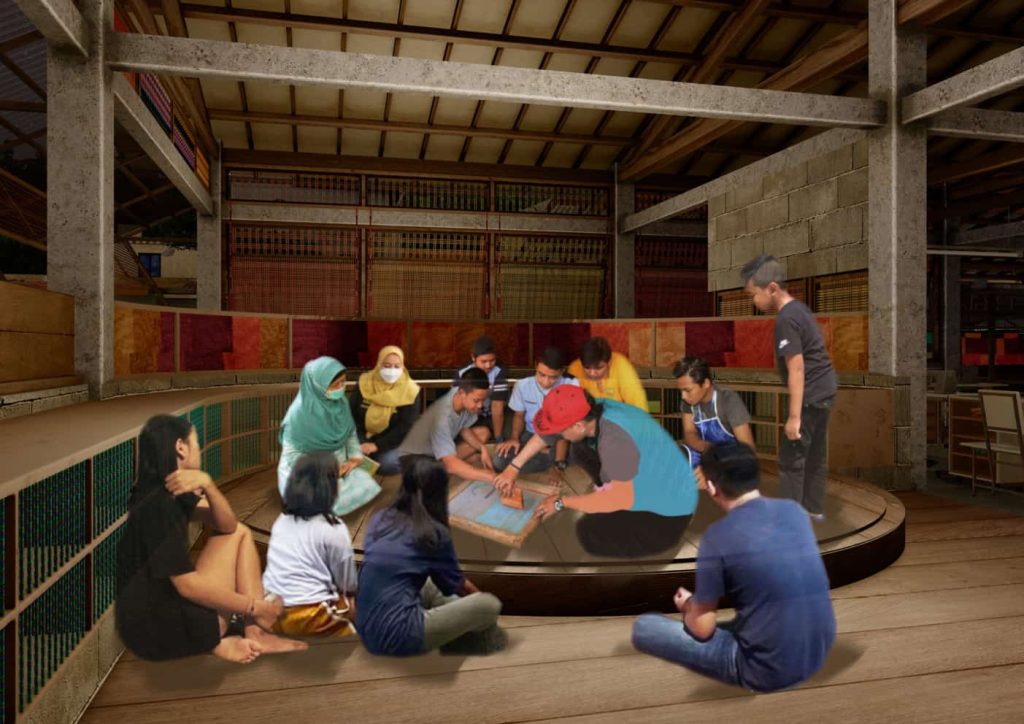
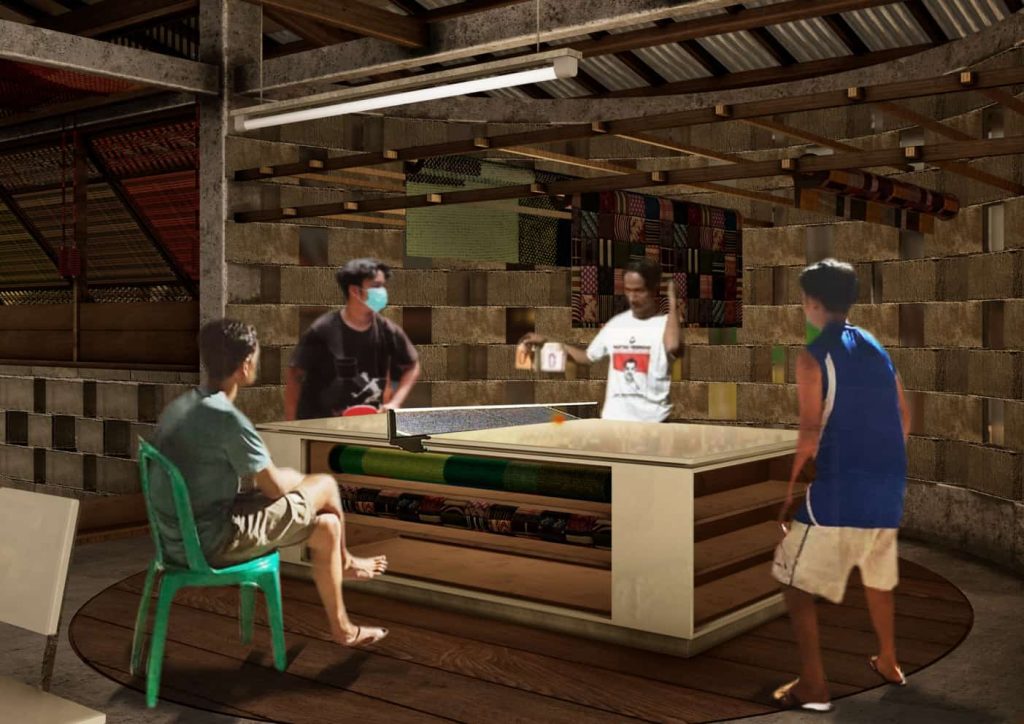
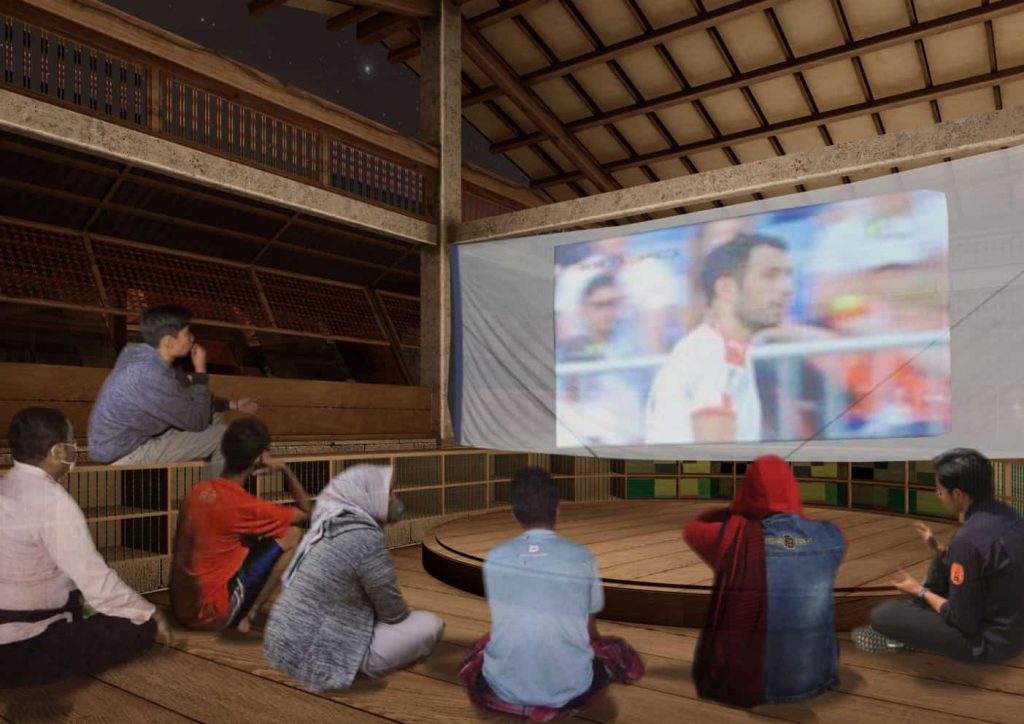
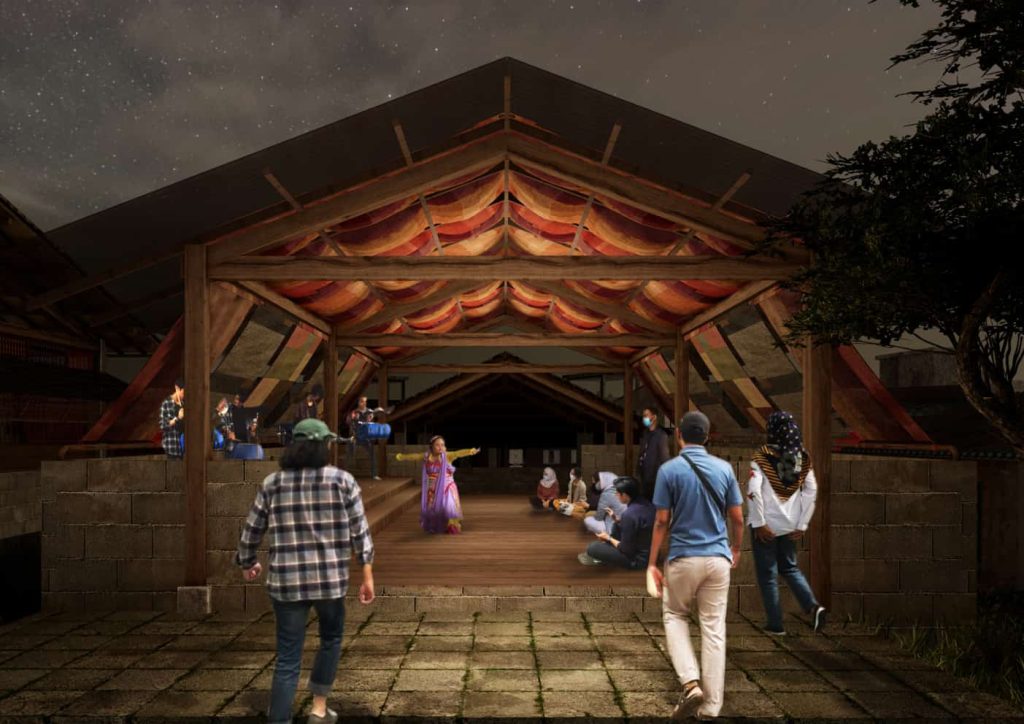

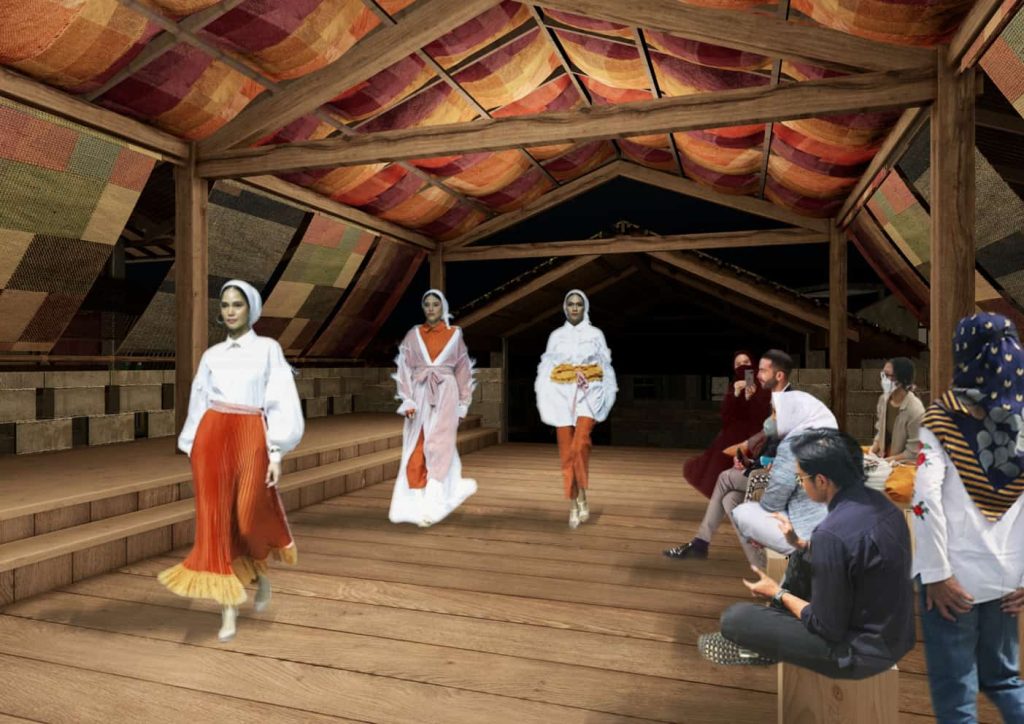
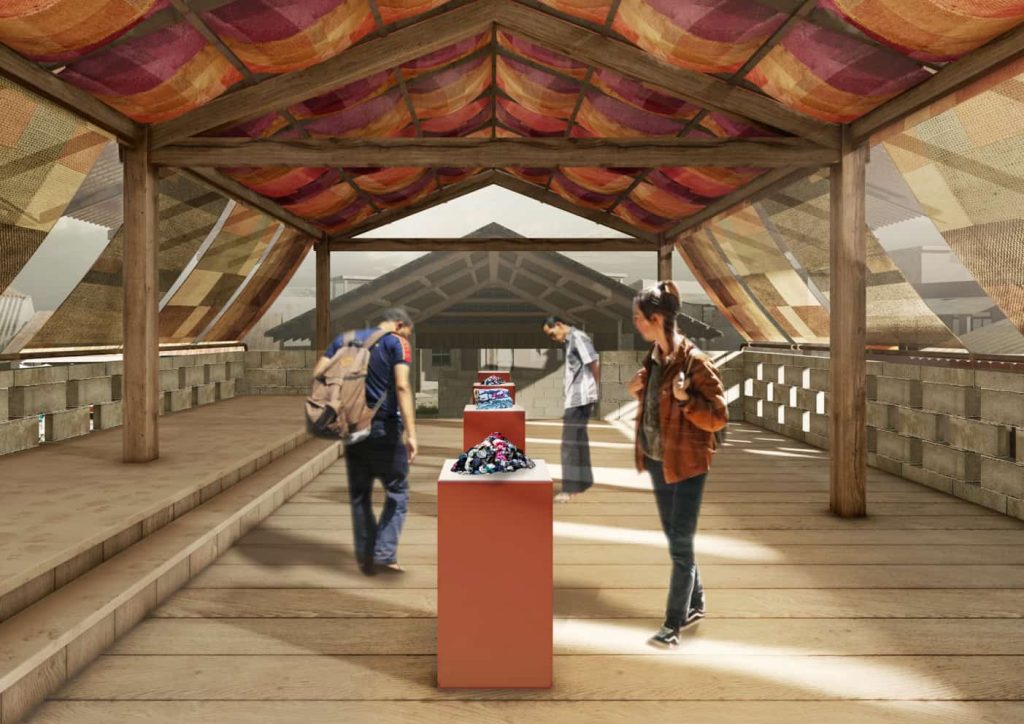

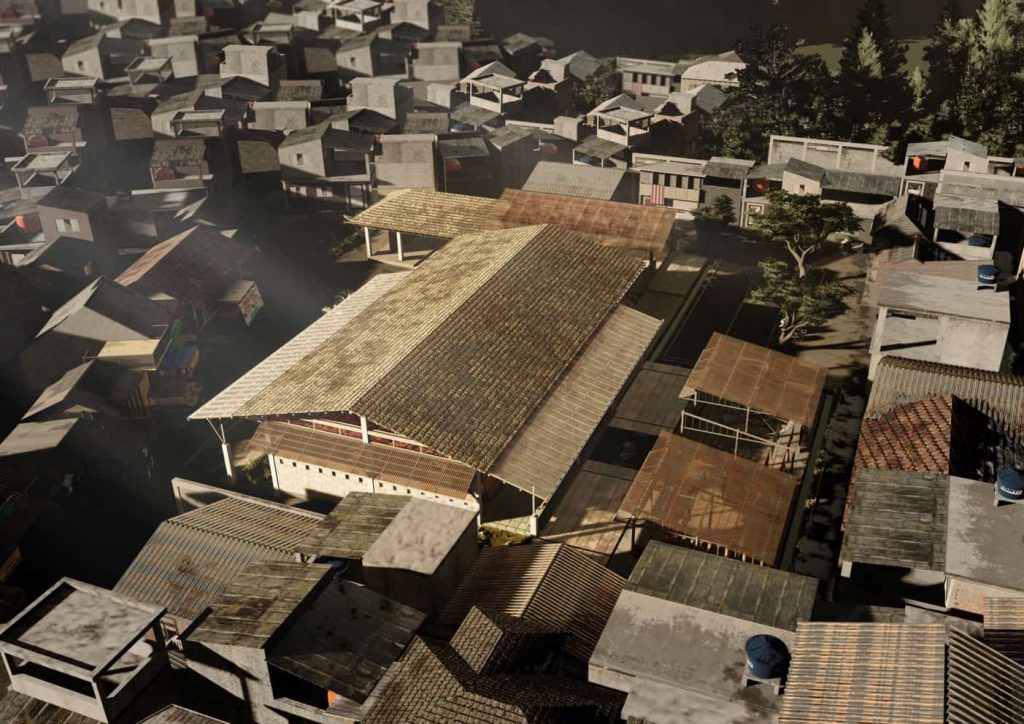
Showcase your design to an international audience
SUBMIT NOW
Image: Agrapolis Urban Permaculture Farm by David Johanes Palar
Top
Bandung is one of the creative cities in Indonesia. This grows because the creative sector of Bandung is integrated with the social and economic sectors of its society. Not only that, in 2015 the Indonesian government registered Bandung to UNESCO as a Creative City of Design. If we look deeper, this can happen because of the important role of Bandung youth. Bandung city youth hold many creative activities such as exhibitions, discussions, seminars, or other creative activities. In addition, the youth in Bandung are also actively involved in various activities, both communities and certain industries in the city of Bandung that are engaged in the creative field. One of the largest creative industries in Bandung is the textile and fashion industry. This also makes Bandung often referred to as the "Paris van Java". Because of this fact, there are many textile and garment industries scattered throughout Bandung, both small-scale and large-scale. From various areas in Bandung city, one of the areas that has an important role in the supply of garments in Bandung city is Kampung Lebak Siliwangi. Kampung Lebak Siliwangi is a densely populated area that grew due to the high urbanisation to this area. This was caused by the strategic location of Kampung Lebak Siliwangi, which attracted migrants to settle in the area. Lebak Siliwangi itself has a fairly high number of garment entrepreneurs. But unfortunately, this number is directly proportional to the amount of textile waste produced. Other factors such as the lack of adequate textile waste processing facilities, the lack of creative approaches to waste management, and the small size of the industry, make it difficult for these textile actors to process the waste they produce. So many of them choose to dispose of them just anywhere, or even worse, throw them into the rivers located in Lebak Siliwangi. Environmental damage, especially to rivers due to poor textile waste treatment, does not only occur in Lebak Siliwangi. There are also other rivers in various countries, especially Asian countries engaged in textiles, which have suffered damage and pollution due to inadequate textile waste treatment. Without realising it, it will have dire long-term effects such as clean water crisis, environmental damage, and other diseases arising from the consumption of polluted water. Solution: From these various problems, the solution that can be provided for the Lebak Siliwangi community is to provide a platform for textile industry actors in Lebak Siliwangi to be able to drive the industry together and collectively. Where previously they worked individually due to the pandemic, now they can work collectively. Not only that, this place will also involve various sectors not only the elderly, but also the youth who will later become stakeholders in their area, to contribute creatively to processing the textile waste. The role of youth is the one that finally connects the creative sector of textile waste processing with the economic sector and the social sector, as well as the ecological sector that will be maintained. All of these things will be provided in a place called Silih Hub. Design Approach: The creative approach can be done with various spatial approaches such as : 1. Adaptive Reuse Approach The building where Silih Hub will be built, was previously an abandoned government building. Later the building will be renovated by the people of Lebak Siliwangi to be utilised as Silih Hub. In addition, this renovation process will increase the sense of community ownership of their public facilities. 2. Sustainable Material Usage Many waste materials are scattered in the neighbourhood, where these materials are not used and instead become trash. Silih Hub tries to reuse these materials so that they will reduce waste in the Lebak Siliwangi area and form new habits for the community. 3. Textile Waste Processing As one of the main points, textile waste generated from the garment industry in Silih Hub will be used as certain materials in buildings, such as partitions, storage, or skylights. In addition, the liquid textile waste will be reprocessed so that it can be utilised by residents for their needs 4. Low Energy Building Silih Hub maximises the natural lighting and ventilation created by each material arrangement. This makes it less likely to use artificial energy. Conclusion and Purpose Essentially, Silih Hub tries to provide a place for textile industry actors in Lebak Siliwangi to be able to work together to create a collective drive to be able to create sustainability for their village. Moreover, the important goal of Silih Hub is not only to advance the garment sector in the area, but also to have a significant impact on the creative, economic, social, and most importantly ecological sectors of the Lebak Siliwangi community.































